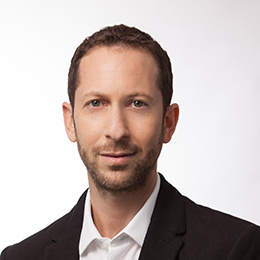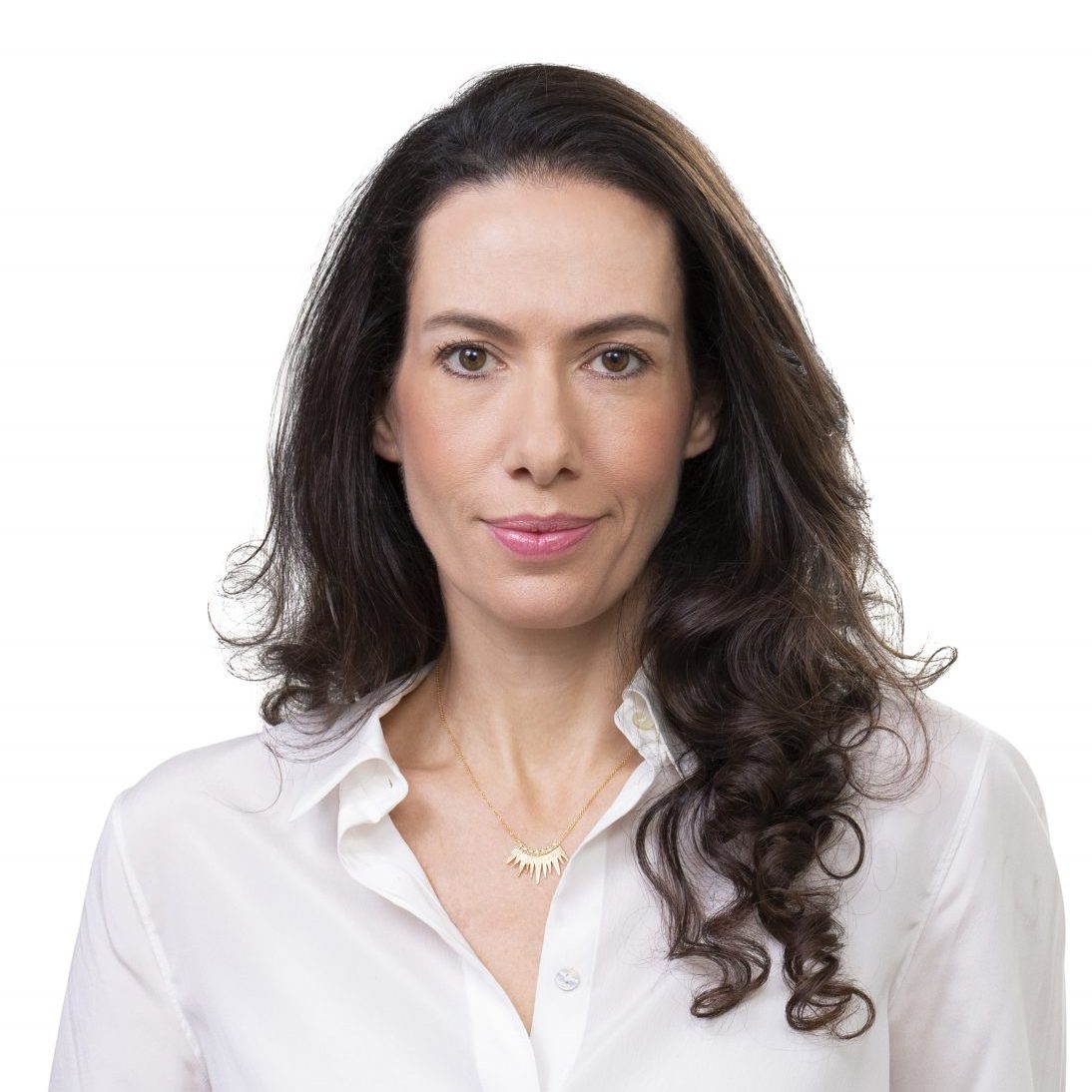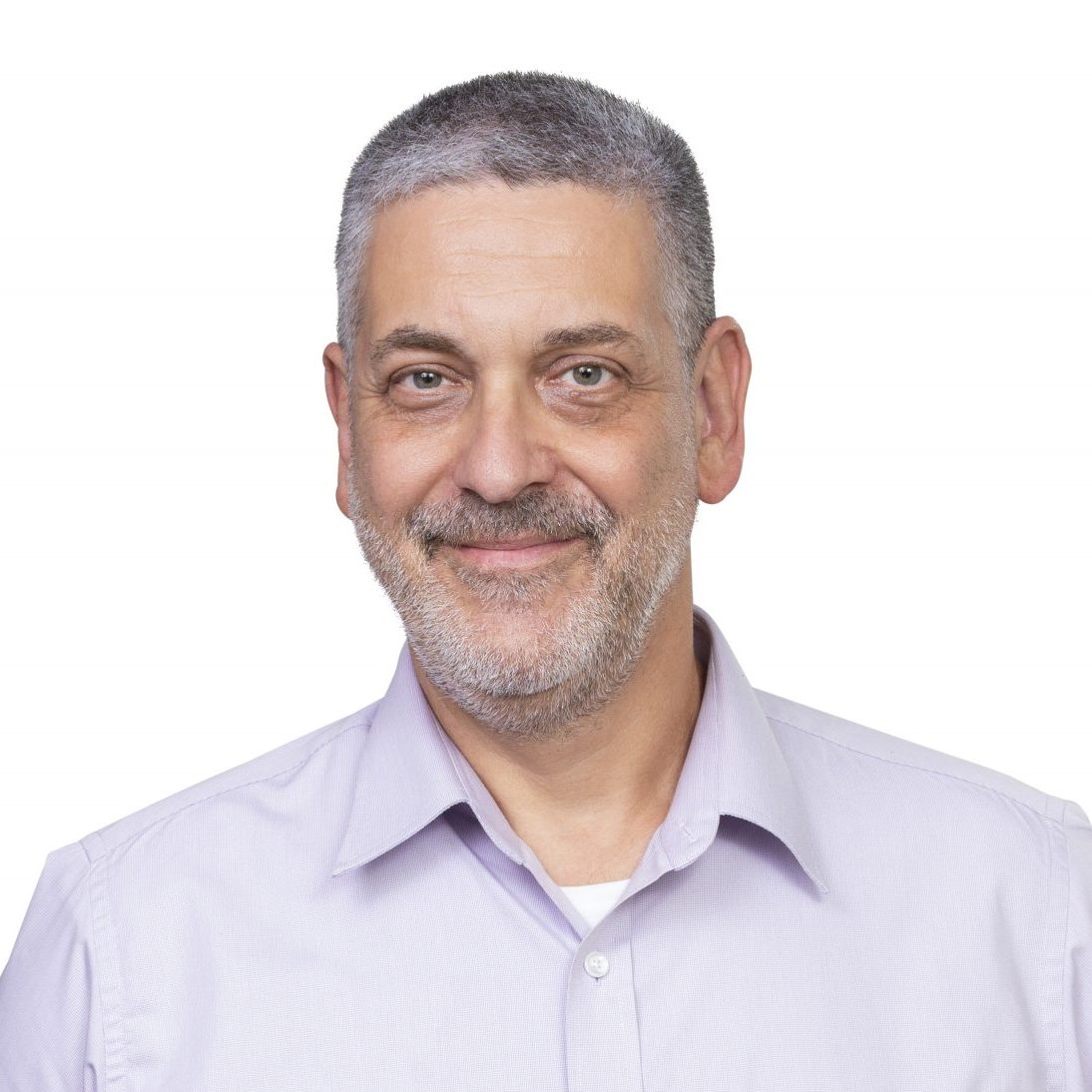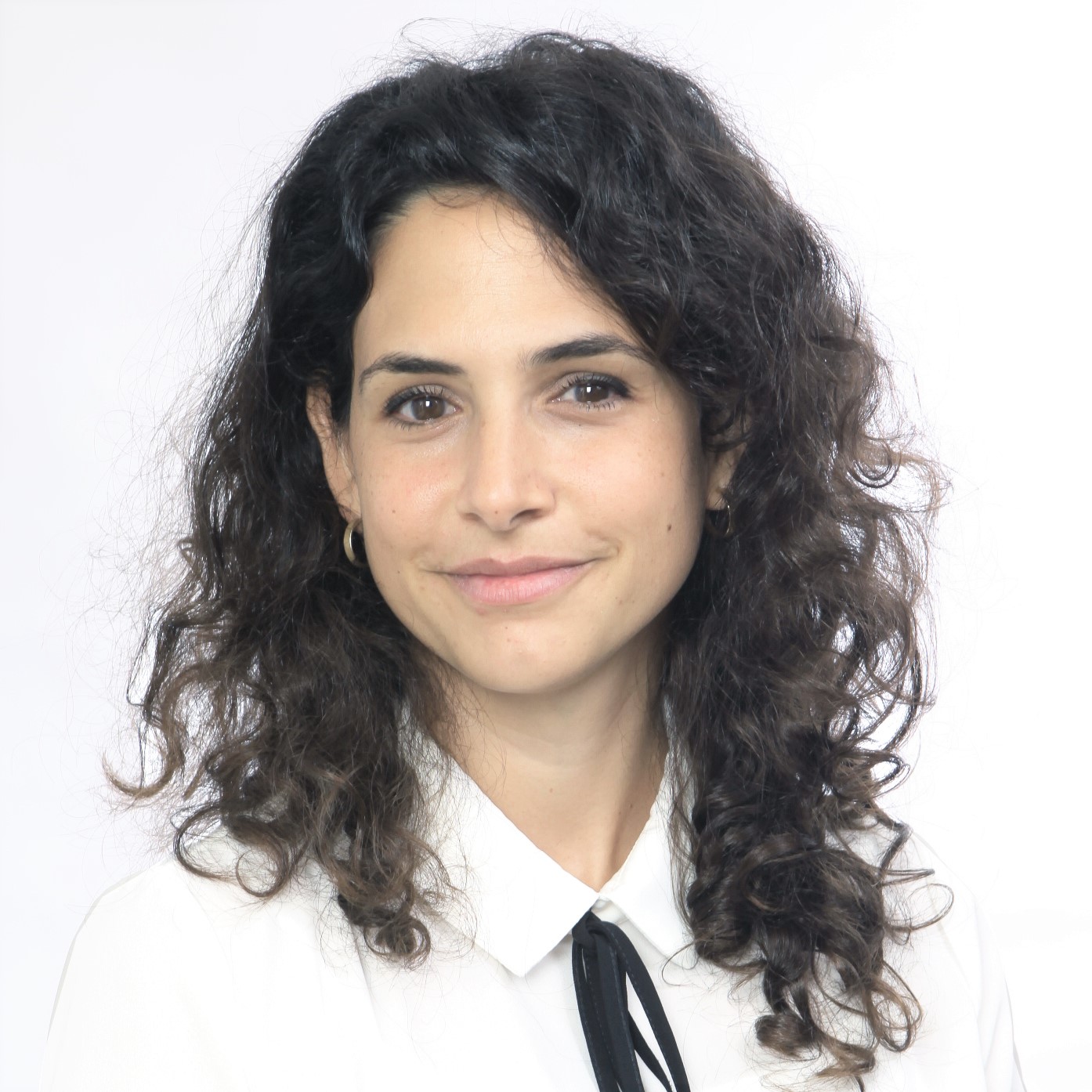Org & Op Excellence by TASC-Hoshen
Our Approach
In today’s rapidly changing environment, the ability to quickly adopt changes, shift direction and implement strategy is a significant competitive advantage that separates exceptional organizations from the rest.
Our Organization & Operational Excellence practice helps organizations work in a way that enables them to actualize their strategic vision. Our main goal is to help our clients adapt to their rapidly changing and complex environments by developing tailored management practices and building the capabilities required to achieve enduring results. With the development of efficient, effective, and innovative work processes, we help our clients enhance their services, increase productivity, and reduce risks.
Our Expertise
Organizational & operational strategy
Service strategy & operational model
Organizational design
Process improvement & streamlining
Post Merger Integration (PMI)
Organizational & operational structures
Strategy execution
Planning, monitoring and measurement
Organizational culture design & implementation
Change management
HR & resource standardization
Multi-disciplinary project management
RPA & IT systems improvement
Business requirements definition
Robotic process automation
Regulation implementation
Relevant Experience: Case Studies

Digital consumer credit process improvement at an Israeli bank

Improving the process of digital credit loans
- Business Dilemma:
Consumer credit had become highly competitive due to an increase in the number of players. TASC was asked to assist in improving the process of digital credit loans, including the activity of the bank’s credit center, which approves and services customer loans, and to connect the digital center to the bank’s other units.
- Process:
Our team conducted market research on consumer credit and a survey of competitors to map the differences after which it conducted an internal analysis that included mapping of work processes, interfaces and systems; characterization of the “customer journey;” and analysis of quantitative data. Our recommendations focused on reducing the number of stations in the process; increasing customer-service efficiency, and strengthening customer experience. An ROI model was developed to prioritize the working plan.
- Solution & impact:
After implementing the project recommendations, the process was shortened from several days to a few hours and there was an improvement in customer experience and increase in digital-center efficiency, freeing up time to absorb additional activity without adding resources.
For more information: Lilach Shunami-Timor, Lilach@hoshen-s.co.il

Formulating a new organizational structure for an industrial company

TASC assisted in formulating an organizational structure and defining the job functions’ responsibilities and supervisors
- Business Dilemma:
TASC was asked to formulate a new organizational structure that would support the organization’s growth strategy and long-term expansion while defining the job functions’ responsibilities and supervisors
- Process:
First, TASC mapped challenges and opportunities in the current organization and defined goals for the structure change. To do so, the team conducted interviews with professional personnel within the organization and executed international comparison research with a focus on the organizational structures of direct competitors and similar companies. Then, based on several selected division principles, TASC formulated an organizational structure that would promote growth. According to the chosen organizational structure, the team defined main roles, responsibilities and supervisors for each level of the hierarchy. Lastly, an initial high-level implementation plan (including human capital-costs estimation) was designed to allow the transition to the new structure
- Project Outcome & Impact:
The recommended organizational structure enabled the decentralization of the managerial workload from the CEO to division managers who are responsible for their regional activity, alongside the formation of a lean and effective HQ that supports the divisions’ activity. This change promotes optimal management and control alongside product responsibility at a cross-organizational level, contributing to long-term growth
For more information: Ilan Bronstein, PHD Ilan.Bronstein@tasc-consulting.com

A new FTE efficiency model for a bank’s retail branches

Formulating an FTE Efficiency Model for a leading bank
- Business Dilemma:
Changes in branch activity and diversion of activities to the back office resulted in the need for a new standard model and deep analysis of the demand for workers in branches. Our team was asked to formulate a new FTE Efficiency Model for the bank’s retail branches.
- Process:
The project team began by analyzing the bank’s activities and performance, studying the demand for the service, and conducting work research in a sample of selected branches. We identified the main elements of the branch activities and a level of employment analysis was conducted. Then, direct measurements were made for selected operations that have a high impact on the standard while examining the standard methodology and coverage ratios at leading banks. Finally, a regression-based linear model was built for each team/role and assessed for risk potential.
- Solution & impact:
We determined that the operating model was not service-based; that employee skills were only being utizilized partially; and that it was possible to divert many activities from the branches. Based on our recommendations, the bank implemented a new standardization model that resulted in significant streamlining of FTEs without affecting the operating model or scope of activity, while changing the branch’s deployment, resource planning and scheduling improved response times during peak hours.
For more information: Lilach Shunami-Timor, Lilach@hoshen-s.co.il

Setting up a new mortgage-service center at a leading bank

Examining the concept of mortgage advisers in bank branches
- Business Dilemma:
A leading Israeli bank was looking to improve processes and service levels while streamlining mortgage sales and operations. Management asked our operational excellence team to examine the concept of mortgage advisers in branches to improve competitiveness and reduce costs.
- Process:
The project began with a mortgage benchmark that reflected the fact that many banks were separating their marketing activities from their mortgage operations. Using a linear regression model, we evaluated the potential efficiency of the new center, along with the risk assessment based on the new optional operating model. After a decision to establish a back-end mortgage center was made, the project team developed a detailed operating model that characterized the organizational structure, work processes, management routines, KPIs and FTE requirements and accompanied the clients through the changes.
- Solution & impact:
A mortgage customer service center was established, which led to improvements in service availability and response time, a 15% reduction in the number of FTEs, and a greater-than-10% increase in the volume of mortgage sales.
For more information: Lilach Shunami-Timor, Lilach@hoshen-s.co.il
Our Experts
Publications & Articles

The organizational structure that will support your growth strategy

Improve the service strategy in the organization








